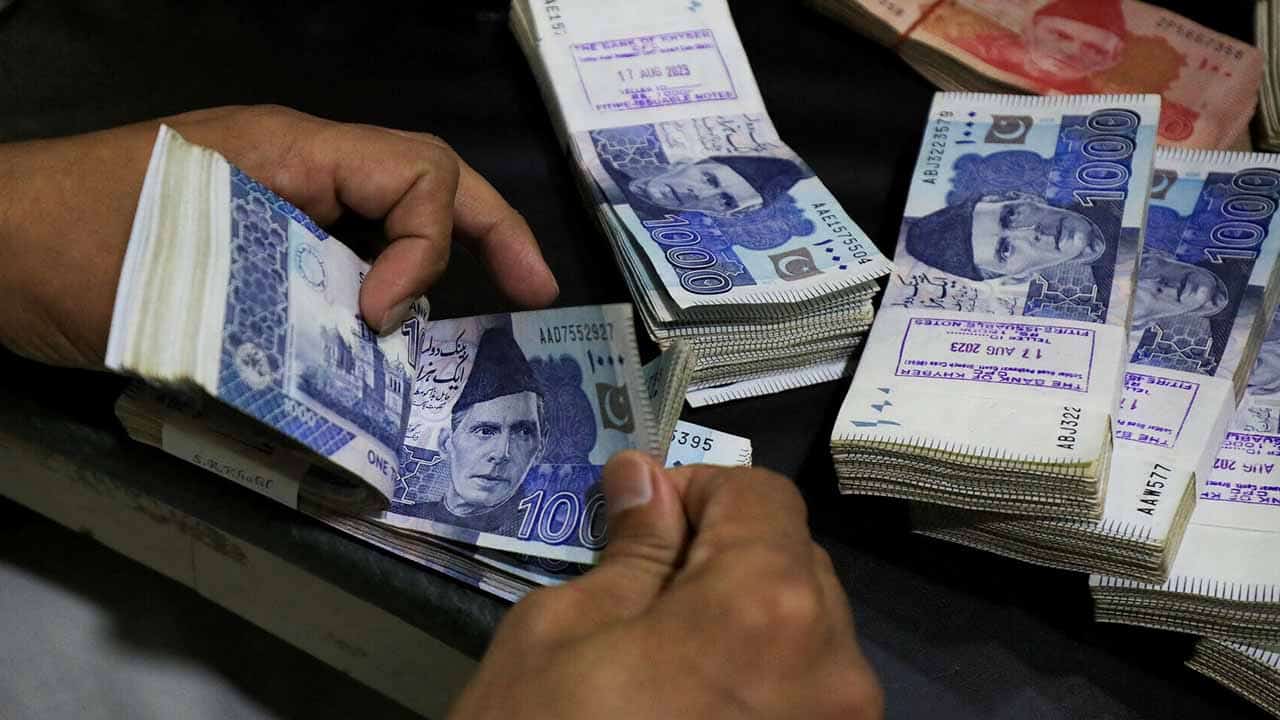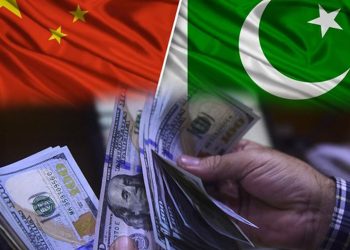The Pakistani rupee has emerged as one of the top-performing currencies globally, rebounding from a historic low of 308 against the dollar on September 6, 2023.
Authorities attribute this recovery to a significant government crackdown on illegal dollar trades, curbing the outflow of currency from the country. Large-scale selling of dollars by Pakistani exporters, driven by fears of further devaluation, has also contributed to the currency’s strength.
Additionally, the government’s supervision and revitalization efforts for struggling public sector units are bolstering the economy, consequently adding value to the Pakistani rupee.
It’s crucial to recognize that currency markets are influenced by a multitude of factors, including economic indicators, government policies, geopolitics, and market sentiment. While the aforementioned factors have played a role in the PKR’s recovery, other variables may be influencing the currency.
Over the year, the currency experienced a decline of approximately 55 rupees, dropping from 226 to the current rate of 281-285 against the dollar. This decline was primarily triggered by a significant trade imbalance resulting from the easing of import restrictions and the clearance of backlog for goods and services.
Given the volatility in exchange rates, overseas Pakistanis, including those in the UAE, are adopting a cautious approach to remittances to their home country. This trend has led to a reduction in remittance volumes.
Despite global currency experts projecting a further decline in the PKR against the dollar, there are factors that could potentially halt this trend. Controlled outflow of dollars, increased remittances from overseas Pakistanis, economic recovery with a focus on revitalizing government-owned firms, and efforts to reduce the gap between trade payments could contribute to the Pakistani rupee gaining strength.






